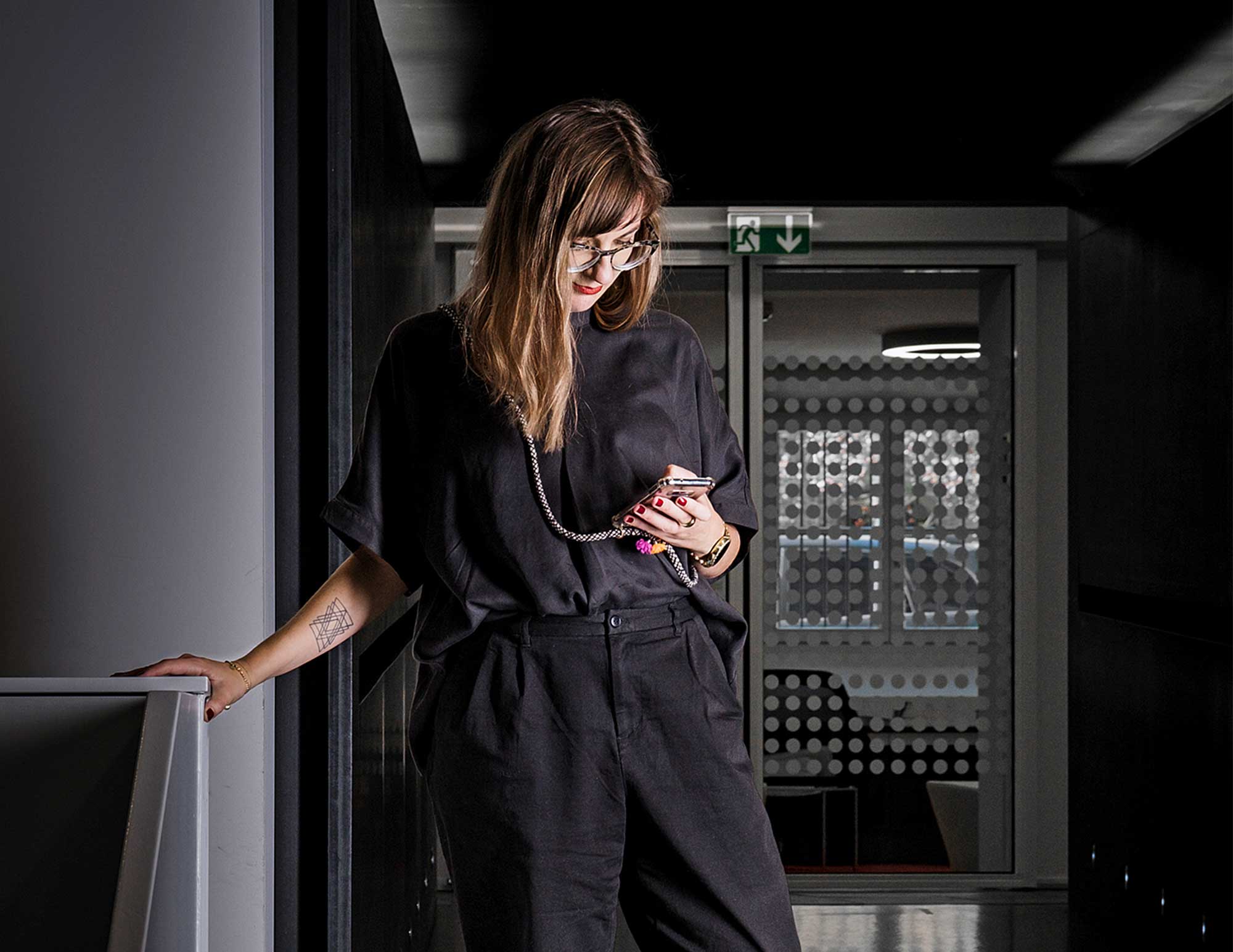The first thing that the task of establishing a social media strategy needs, of course, is time – never more so than when the topics are sensitive and the stakeholders are too. “We’re still in the design and experimentation phase,” Ilana Bischof explains. She started managing the Swissmedic social media platforms – Twitter, Facebook and the business channel LinkedIn – a few months ago.
For example: The impact of an information sheet
The current options and conditions for carrying out COVID-19 tests are currently being discussed intensively in Switzerland. An information sheet written in collaboration with the FOPH describes the benefits of the different test methods. One passage discusses the possibility of detecting infectiousness by PCR (polymerase chain reaction; a laboratory method for examining DNA). A lay person could interpret the way it is written to mean that PCR tests are basically not able to identify infections. The subject suddenly became a hot topic in social media. The text had to be rewritten, but the change was a reason for covid sceptics to speak their mind. They saw the modified text as confirmation that Swissmedic is involved in the alleged COVID manipulation. “That was a tough call for me,” recalls social media expert Ilana Bischof. The situation ultimately calmed down again – thanks to the clear information provided in social media and other channels.
For example: Explaining vaccine processes for social media
How can complex processes be explained to the general public in two minutes without losing scientific precision? “We had to start by asking a few key questions,” Ilana Bischof explains. What process does a vaccine go through before it is authorised by Swissmedic? What criteria does a new vaccine need to fulfil? How is a vaccine different from other medicinal products? How can the urgency of a vaccine be accommodated in an exceptional situation like a pandemic without compromising on safety or quality? “We used scribble art to produce an explanatory video. The result is amazingly informative and at the same time entertaining,” Ilana Bischof concludes.
For example: International cooperation with other authorities
International cooperation is one of Swissmedic’s core activities and an important part of its organisation. One example is the ORBIS project, bringing together leading authorities such as the FDA (USA) and representatives from Singapore, Canada and Australia. “ORBIS is an important subject. Our post explained the launch of a medicinal product that was authorised in a record-breaking four months as a result of this collaboration,” Ilana Bischof says. It was a treatment for breast cancer. Cancer is a subject that affects everyone and to which everyone has an emotional response. “The rapid authorisation was a great success – it’s practically impossible to put a negative spin on messages like this,” the social media expert concludes.

